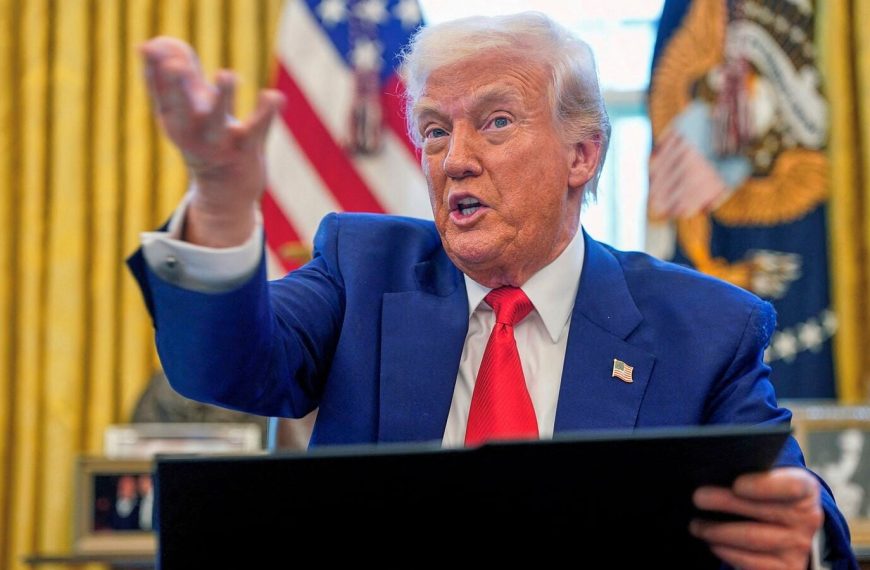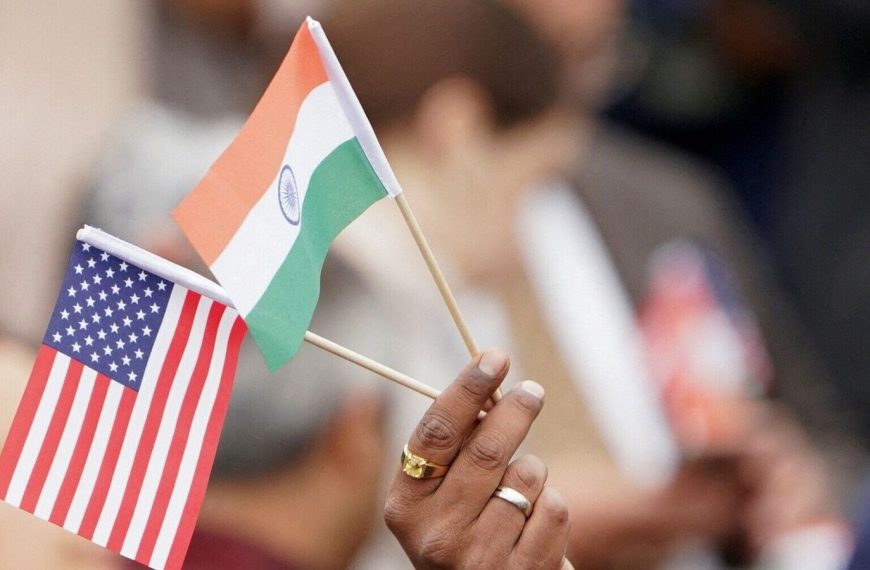The Reserve Bank of India (RBI) is poised to implement a second consecutive interest rate reduction on April 9, based on a recent survey of economists conducted by Reuters. This anticipated cut could be followed by one more in August, potentially marking the shortest easing cycle in the bank’s history. With inflation dipping to a seven-month low of 3.61% in February and a projected economic growth rate of 6.4% for this fiscal year, the RBI has the opportunity to further lower rates.
Economic Landscape and Interest Rate Predictions
A significant majority, comprising 54 out of 60 economists surveyed between March 18-27, predict that the RBI will reduce its benchmark repo rate by 25 basis points to 6.00% during its upcoming meeting. Notably, one economist foresees a more aggressive 50 basis point cut, while a handful of respondents believe rates will remain unchanged.
- Current Economic Insights:
- Inflation has created a favorable environment for rate cuts.
- The projected growth rate is the slowest in four years.
Dhiraj Nim, an economist at ANZ, emphasizes the need for the RBI to recalibrate its monetary policy. "With weak growth drivers expected as we approach fiscal year 2026, the RBI should leverage the space provided by falling inflation to support economic growth," he stated. He also highlighted the importance of adjusting real interest rates to stimulate consumption and investment.
Liquidity and Its Impact on Rate Cuts
In recent months, the RBI has injected approximately $64 billion into the banking system to enhance liquidity. While many economists agree that these measures are essential for the effectiveness of upcoming rate cuts, some caution that it may take additional time for these changes to permeate the economy.
Indranil Pan, chief economist at Yes Bank, pointed out the necessity of positive banking sector liquidity for effective transmission of rate cuts. He anticipates that liquidity conditions will improve in the upcoming financial year starting in April 2025, coinciding with an increase in government spending.
Shortest Easing Cycle Since 2000
Predictions from the survey suggest that the RBI will maintain the 6.00% interest rate during its June 4-6 meeting, with a slim majority of 29 out of 49 economists forecasting a further drop to 5.75% in August. This trend indicates a possible prolonged pause in rate changes until at least the first half of the following year.
- Key Takeaways:
- The current cycle could see a total of 75 basis points in rate cuts, marking the shortest easing cycle since the early 2000s.
- Economic conditions and global trends, particularly actions by the U.S. Federal Reserve, will significantly influence future rate decisions.
Sakshi Gupta, principal economist at HDFC Bank, remarked, "We anticipate only three rate cuts at most. Following the April adjustment, opinions diverge regarding the timing of subsequent cuts." As the RBI navigates these uncertain waters, the interplay of domestic and global economic factors will be crucial in shaping its monetary policy strategy.











